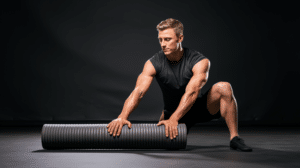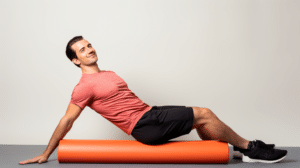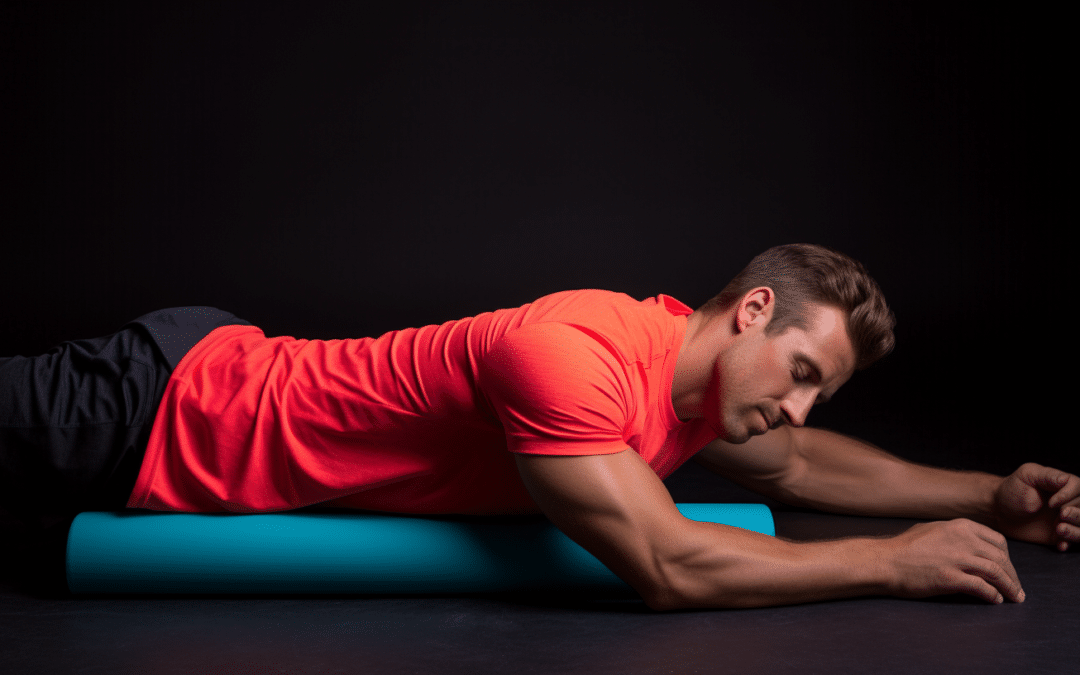Discover the transformative power of foam rolling, a self-myofascial release technique that targets muscles and soft tissues. Imagine a foam cylinder gently kneading away muscle tension, unlocking a world of benefits for your body. From an improved range of motion and muscle pain relief to enhanced recovery and increased circulation, foam rolling has become a go-to practice for athletes, fitness enthusiasts, and those seeking optimal muscular health. Join us as we delve into the science behind foam rolling and explore why you should try it.
Key Takeaways
- Foam rolling can improve the range of motion, relieve muscle pain, promote relaxation, and increase blood flow to muscles.
- It is essential to take precautions when foam rolling, such as avoiding muscle tears or injuries, and not foam rolling joints to prevent hyperextension or damage.
- Pregnant individuals should consult a doctor before foam rolling, especially in the third trimester, and foam rolling should not replace medical treatment for underlying conditions or injuries.
- When choosing a foam roller, consider different lengths, diameters, textures, and firmness options; beginners may prefer smooth rollers, while textured rollers provide more profound muscle work.
The Science Behind Foam Rolling
Foam rolling has been studied extensively, and research suggests that it can help improve flexibility, reduce muscle soreness, and enhance recovery by increasing blood flow to the muscles. Athletes can greatly benefit from incorporating foam rolling into their training routines. By using a foam roller before and after workouts, athletes can increase their range of motion, improving performance and decreasing the risk of injury.
Foam rolling also aids in muscle recovery by reducing muscle soreness and promoting repair. It does this by increasing blood flow to the muscles, which helps flush out metabolic waste and deliver essential nutrients and oxygen. Foam rolling is a practical and evidence-based technique that can benefit athletes by improving flexibility and aiding muscle recovery.
How Foam Rolling Improves Performance
 By incorporating foam rolling into your exercise routine, you can experience enhanced performance through improved muscular flexibility and reduced muscle soreness. Foam rolling, also known as self-myofascial release, is a form of self-massage that involves using a foam roller to apply pressure to specific body areas. This technique has gained popularity among athletes due to its numerous benefits.
By incorporating foam rolling into your exercise routine, you can experience enhanced performance through improved muscular flexibility and reduced muscle soreness. Foam rolling, also known as self-myofascial release, is a form of self-massage that involves using a foam roller to apply pressure to specific body areas. This technique has gained popularity among athletes due to its numerous benefits.
Foam rolling helps to break up adhesions and knots in the muscles, promoting a better range of motion and flexibility. It also helps increase muscle blood flow, aiding recovery and reducing post-workout muscle soreness. Additionally, foam rolling can provide relaxation and relieve muscle tension.
Different foam rollers are available, including smooth rollers, textured rollers, foam-covered massage sticks, and foam massage balls. Each type offers unique benefits and can target specific areas of the body. Choosing a foam roller that suits your needs and preferences is essential.
Foam Rolling for Pain Relief
Foam rolling has been shown to alleviate muscle pain and relieve individuals experiencing discomfort effectively. Using a foam roller, this self-myofascial release technique involves applying pressure to specific body areas. Here are three benefits of foam rolling:
- Improved range of motion: Foam rolling helps to release muscle tension and improve flexibility, allowing for better movement and performance during physical activities.
- Muscle pain relief: By targeting trigger points and knots in the muscles, foam rolling can help reduce muscle soreness and alleviate pain.
- Increased blood flow to muscles: Foam rolling promotes blood circulation, which helps deliver oxygen and nutrients to the muscles, aiding their recovery and reducing inflammation.
To maximize the benefits of foam rolling, it is essential to learn proper techniques and seek professional guidance. Incorporating foam rolling into your routine can be valuable for managing muscle pain and enhancing overall well-being.
The Connection Between Foam Rolling and Injury Prevention
Foam rolling has been studied for its potential to prevent injuries by improving flexibility, increasing muscle pliability, and reducing muscle imbalances. For athletes, incorporating foam rolling into their routine can provide several benefits. Foam rolling can help to increase the range of motion, allowing athletes to move more freely and perform exercises with proper form. It can also relieve muscle pain, reducing soreness and discomfort after intense workouts. Foam rolling can promote relaxation and increase blood flow to muscles, enhancing recovery after exercise.
their routine can provide several benefits. Foam rolling can help to increase the range of motion, allowing athletes to move more freely and perform exercises with proper form. It can also relieve muscle pain, reducing soreness and discomfort after intense workouts. Foam rolling can promote relaxation and increase blood flow to muscles, enhancing recovery after exercise.
Regarding foam rolling techniques for specific muscle groups, athletes can target areas such as the calves, hamstrings, quadriceps, glutes, and upper back. By applying pressure and rolling the foam roller along these muscles, athletes can release tension and knots, improving muscle flexibility and reducing the risk of injury. Learning proper foam rolling techniques and seeking professional guidance are essential to ensure effective and safe foam rolling practices.
By incorporating foam rolling into their routine, athletes can experience the benefits of improved flexibility, muscle pliability, and reduced muscle imbalances, ultimately helping to prevent injuries and optimize their performance.
Increasing Flexibility With Foam Rolling
Flexibility can be effectively increased by incorporating foam rolling techniques into a regular exercise routine. Foam rolling is a form of self-myofascial release that involves using a foam roller to apply pressure to specific body areas. This technique has been shown to have several benefits for increasing flexibility:
- Breaking up adhesions and scar tissue: Foam rolling helps to break up adhesions and scar tissue in the muscles, allowing for an increased range of motion.
- Increasing blood flow: Foam rolling increases blood flow to the muscles, enhancing flexibility.
- Relaxing the muscles: Foam rolling helps to relax tight muscles, making them more pliable and increasing flexibility.
Foam Rolling for Stress Relief and Relaxation
 Foam rolling can effectively relieve stress and relax, providing a soothing effect on the body and mind. When we experience stress, our muscles tend to tense up, leading to discomfort and heightened alertness. Foam rolling techniques can help alleviate this tension by targeting specific muscle groups and applying pressure to release knots and trigger points. This self-massage technique promotes relaxation and improves blood flow to the muscles, which can aid in reducing muscle soreness and promoting healing after exercise.
Foam rolling can effectively relieve stress and relax, providing a soothing effect on the body and mind. When we experience stress, our muscles tend to tense up, leading to discomfort and heightened alertness. Foam rolling techniques can help alleviate this tension by targeting specific muscle groups and applying pressure to release knots and trigger points. This self-massage technique promotes relaxation and improves blood flow to the muscles, which can aid in reducing muscle soreness and promoting healing after exercise.
The gentle pressure applied during foam rolling stimulates the parasympathetic nervous system, promoting a sense of calm and reducing stress levels. Incorporating foam rolling into your routine can be a practical and accessible way to manage stress and promote overall well-being.
Foam Rolling for Faster Recovery
Foam rolling has been shown to accelerate recovery by promoting blood flow, reducing muscle soreness, and aiding in healing damaged tissues. Here are three ways foam rolling can improve recovery time:
- Increased blood flow: Foam rolling helps to increase blood circulation to the muscles, which delivers oxygen and nutrients needed for recovery. This increased blood flow also helps to remove waste products, such as lactic acid, from the muscles.
- Muscle relaxation: Foam rolling can help to relax tight muscles and release tension. This can help to alleviate muscle soreness and improve flexibility, allowing for a faster recovery.
- Improved range of motion: Foam rolling can help improve joint mobility and flexibility, which is essential for exercise recovery. By targeting specific areas of tightness or restriction, foam rolling can help to restore optimal movement patterns.
It is essential to use proper technique and follow recommended foam rolling techniques to maximize the benefits of foam rolling for recovery. Incorporating foam rolling into your post-workout routine can help speed recovery and enhance overall performance.
Foam Rolling for Better Posture
Improving posture through the use of foam rolling techniques can have a positive impact on overall spinal alignment and muscle balance. Foam rolling is an effective self-myofascial release technique that targets tight muscles and fascia, promoting mobility and flexibility. Regularly rolling foam can alleviate muscle imbalances contributing to poor posture. It helps to release tension in the muscles surrounding the spine, allowing for improved alignment and reducing the risk of musculoskeletal issues.
that targets tight muscles and fascia, promoting mobility and flexibility. Regularly rolling foam can alleviate muscle imbalances contributing to poor posture. It helps to release tension in the muscles surrounding the spine, allowing for improved alignment and reducing the risk of musculoskeletal issues.
When choosing a foam roller for beginners, starting with a smooth roller with a dense surface is recommended. This provides a gentle yet effective massage for the muscles. Additionally, seeking professional guidance and utilizing online resources can help beginners learn proper foam rolling techniques to maximize the benefits of posture improvement.
Foam Rolling for Improved Circulation
Regular foam rolling techniques have enhanced muscle blood circulation, promoting improved oxygen and nutrient delivery for enhanced performance and recovery. Foam rolling works by applying pressure to the muscles, breaking up adhesions and knots, and increasing blood flow to the area. This increased circulation has several benefits for the body:
- Improved nutrient delivery: Increased blood flow delivers more oxygen and nutrients to the muscles, allowing them to function optimally during exercise and recover faster afterward.
- Waste removal: The enhanced circulation helps remove metabolic waste products such as lactic acid, reducing muscle soreness and improving recovery.
- Injury prevention: By improving circulation, foam rolling can help prevent muscle imbalances and tightness, reducing the risk of injury during physical activity.
Incorporating foam rolling techniques into your regular fitness routine can significantly improve circulation and overall performance.
Foam Rolling for Overall Well-being
 Foam rolling is not only beneficial for improving circulation, but it can also contribute to overall well-being. One of the critical advantages of foam rolling is its potential to prevent injuries. By regularly foam rolling, individuals can enhance their flexibility and range of motion, reducing the risk of strains or sprains during physical activities. Additionally, foam rolling has specific benefits for pregnant individuals.
Foam rolling is not only beneficial for improving circulation, but it can also contribute to overall well-being. One of the critical advantages of foam rolling is its potential to prevent injuries. By regularly foam rolling, individuals can enhance their flexibility and range of motion, reducing the risk of strains or sprains during physical activities. Additionally, foam rolling has specific benefits for pregnant individuals.
It can help alleviate muscle tension and discomfort often experienced during pregnancy. However, pregnant individuals must consult their healthcare provider before starting a foam rolling routine, as certain precautions may need to be taken. Overall, incorporating foam rolling into your wellness routine can promote injury prevention and provide relief for pregnant individuals, contributing to a more balanced and healthy lifestyle.
Frequently Asked Questions
How Often Should I Foam Roll?
Foam rolling techniques can improve flexibility, relieve muscle pain, and enhance recovery after exercise. When determining how often to foam roll, listening to your body and adjusting accordingly is essential. Generally, foam rolling can be done 2-3 times per week for maintenance and 5-7 times weekly for more intensive training. However, starting with shorter sessions and gradually increasing the frequency and duration as your muscles adapt to the foam rolling routine is recommended.
Can Foam Rolling Help With Muscle Cramps?
Foam rolling can benefit muscle recovery and may help with muscle cramps. It is believed that foam rolling increases blood flow to the muscles, aiding in the relaxation and release of muscle tension. Additionally, foam rolling has been shown to improve the range of motion and relieve muscle pain. However, it is essential to note that individual results may vary, and it is always best to consult a healthcare professional for personalized advice.
Is Foam Rolling Suitable for Older Adults?
Foam rolling can be suitable for older adults, as it offers several benefits for joint health. Regular foam rolling can improve the range of motion, relieve muscle pain, and enhance relaxation. When choosing a foam roller for older adults, it is essential to consider factors such as length, diameter, texture, and firmness. Smooth rollers suit beginners, while textured rollers provide more profound muscle work. Always consult a healthcare professional or fitness trainer for proper technique and guidance to prevent injury.
Can Foam Rolling Be Used as a Warm-Up Before Exercise?
Foam rolling can be used as a warm-up before exercise. It helps improve flexibility by targeting muscle tightness and increasing the range of motion. Individuals can release muscle tension, enhance blood flow, and alleviate muscle pain by using a foam roller, contributing to injury prevention and improving performance. Proper foam rolling techniques, such as rolling each area for a sufficient amount of time, staying hydrated, and seeking guidance from professionals, can optimize the benefits of foam rolling as a warm-up activity.
Are There Any Specific Foam Rolling Exercises for Runners?
Yes, there are specific foam rolling exercises that can benefit runners. Foam rolling the IT band, quadriceps, hamstrings, calves, and glutes can help alleviate muscle tightness and improve range of motion. These exercises can also target specific areas prone to tightness and imbalances in runners. Foam rolling before and after running can help warm the muscles, increase blood flow, and reduce post-run muscle soreness. Runners must incorporate foam rolling into their training routine to enhance performance and prevent injuries.
Conclusion
In conclusion, foam rolling is valuable for enhancing muscular health and overall well-being. Its benefits include improved range of motion, pain relief, relaxation, increased blood flow, and faster recovery. However, caution should be exercised to avoid further damage from muscle tears or joint issues. Like a skilled sculptor shaping clay, foam rolling allows individuals to mold and nurture their muscles, promoting optimal performance and preventing injuries. Embrace the foam roller and unlock the potential for a healthier, more resilient body.

